The winners of the 2020 LEAP Awards (Leadership in Engineering Achievement Program) were announced last week in a digital ceremony, with products across 12 categories, including embedded computing, power electronics, and test and measurement. Critical to LEAP’s success is the involvement of the engineering community. No one at WTWH Media selected the winners. Instead, our editorial team did the arduous work of assembling a top-notch independent judging panel, comprised of a cross-section of OEM design engineers and academics — 14 professionals in total. This judging team was solely responsible for the final results.
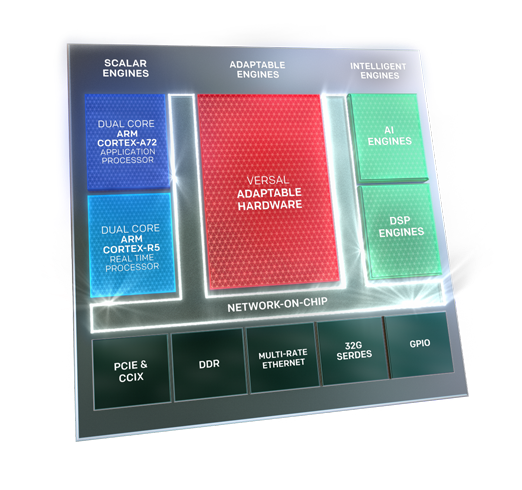
In the Embedding Computing category, Xilinx took home the gold with their Versal AI Core, the first Adaptive Compute Acceleration Platform (ACAP), is a multi-core, heterogeneous compute platform that dynamically adapts at the hardware and software level for a wide range of applications and AI workloads from edge to cloud. The platform integrates next-generation scalar engines for embedded compute, adaptable engines for hardware programmability, and intelligent AI Engines and DSP Engines for AI inference and signal processing.
The architecture is unique as it solves the most difficult problem of AI inference—compute efficiency—by coupling ASIC-class compute engines (AI engines) with adaptable hardware to implement custom memory hierarchy and custom neural network layers. Versal AI Core breaks through traditional compute bottlenecks, specialized hardware customization without manufacturing a new chip. The AI Engine delivers 8X the compute density at half the power of traditional FPGA solutions and delivers low-latency Convolutional Neural Network (CNN) execution 3.5X faster vs. traditional GPUs.
The adaptability and heterogeneous architecture of Versal AI Core is a key advantage over traditional AI accelerators that typically focus on a subset of AI workloads. AI algorithms are diverse across industries—from cloud computing to networking, to edge and autonomous system. The adaptable nature of Versal AI Core makes it applicable for a breadth of markets.
Commenting on the Versal AI Core, judges said: “A game changer for the next generation of networking electronics, medical imaging diagnostic instruments and any application needing state-of-the-art processing power.”
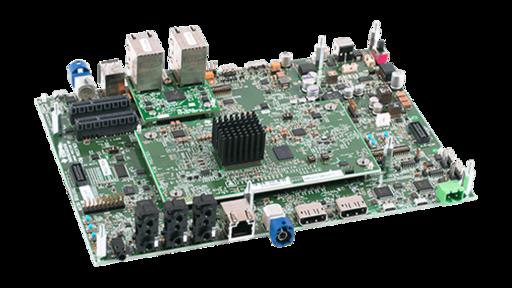 Picking up the silver award was Texas Instruments Jacinto 7 processor platform that brings enhanced deep learning capabilities and advanced networking to solve design challenges in ADAS and automotive gateway applications. The TDA4VM processors for ADAS and DRA829V processors for gateway systems are the first two devices in the portfolio. These devices include specialized on-chip accelerators designed to segment and expedite computer vision, deep learning and other data-intensive tasks, allowing the car to more accurately perceive and react to the world around it.
Picking up the silver award was Texas Instruments Jacinto 7 processor platform that brings enhanced deep learning capabilities and advanced networking to solve design challenges in ADAS and automotive gateway applications. The TDA4VM processors for ADAS and DRA829V processors for gateway systems are the first two devices in the portfolio. These devices include specialized on-chip accelerators designed to segment and expedite computer vision, deep learning and other data-intensive tasks, allowing the car to more accurately perceive and react to the world around it.
Supporting sensor fusion from cameras, LIDARs, radars and other sensors, the Jacinto 7 devices are able to accept inputs from multiple sources to not only create the most accurate vision of the world around the car, but also to utilize machine learning intelligence to help the car and driver best react to that world. Designed for L2 and L3 automated functions, these devices are targeted for applications ranging from automatic emergency braking and lane-keep assist to more accurate autonomous parking and highway autopilot.
Finally, the bronze went to Lattice Semiconductor for their CrossLink-NX FPGA, the FPGA developed on the Lattice Nexus FGPA platform, the industry’s first 28nm FD-SOI-based FPGA platform optimized for low power operation in a small form factor. The CrossLink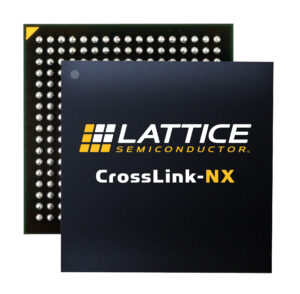 -NX FPGA provides the energy efficiency, small form factor, high reliability and high-performance developers in communications, compute, industrial, automotive, and consumer markets need to enable innovative embedded vision solutions for the Edge. These new chips are designed to address the latest trends in video processing: mixing multiple sensors and displays, higher resolution video, multiple interfaces, and Edge AI processing.
-NX FPGA provides the energy efficiency, small form factor, high reliability and high-performance developers in communications, compute, industrial, automotive, and consumer markets need to enable innovative embedded vision solutions for the Edge. These new chips are designed to address the latest trends in video processing: mixing multiple sensors and displays, higher resolution video, multiple interfaces, and Edge AI processing.
CrossLink-NX consumes 75 percent less power compared to competing FPGAs of a similar class. In addition, CrossLink-NX has a Soft Error Rate (SER) up to 100 times lower than similar FPGAs in its class, making it a compelling solution for mission-critical applications that must operate safely and reliably. The initial CrossLink-NX device is designed to support ruggedized environments found in outdoor, industrial, and automotive applications. CrossLink-NX delivers Instant on performance. This enables ultra-fast I/O configuration in 3 ms and total device configuration in less than 15 ms. It is available in a 6 x 6 mm form factor, which is up to ten times smaller than similar competing FPGAs in its class.
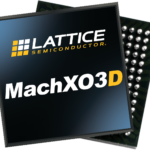

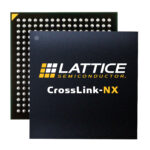
Leave a Reply